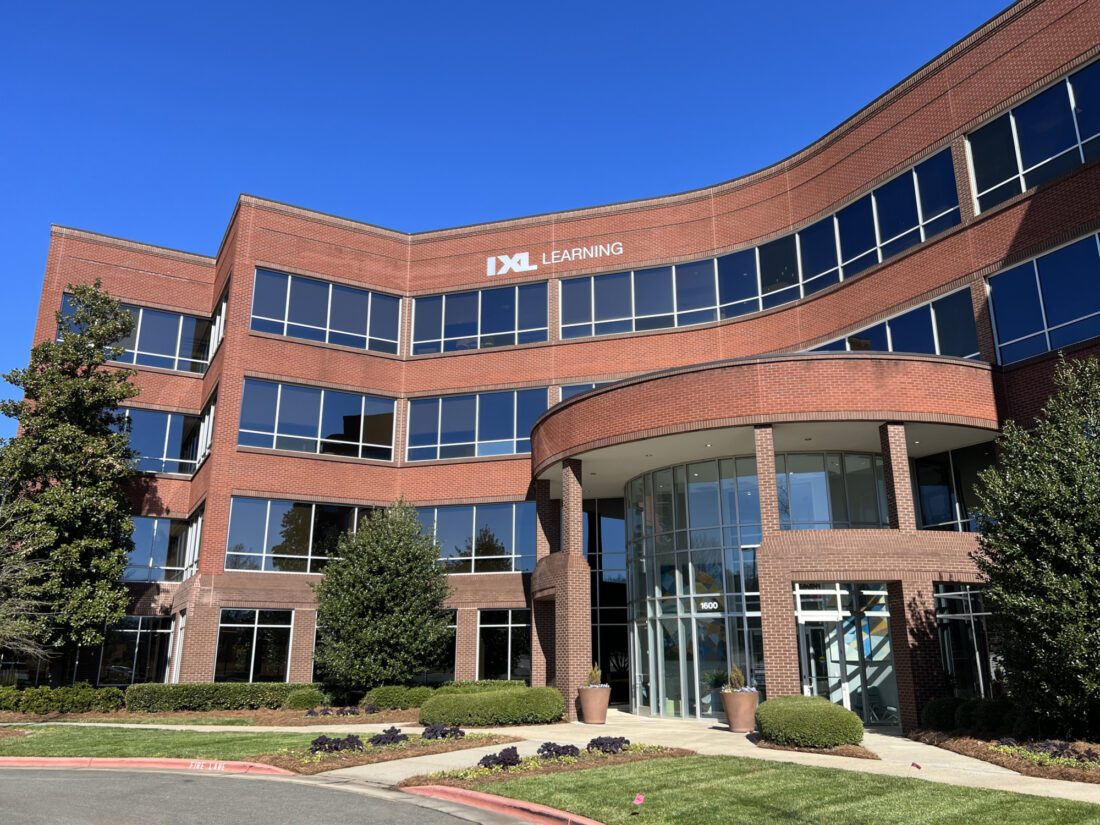Looking Ahead: What’s in Store for CRE?
KPMG’s Phil Marra takes stock of the pandemic’s impact and assesses the role of data and analytics in the recovery ahead.

Phil Marra, National Real Estate Funds Leader, U.S. Building Construction & Real Estate, KPMG. Image courtesy of KPMG.
As states slowly reopen and explore ways of easing restrictions, commercial real estate, just like any other industry, is adjusting to a reality shaped by COVID-19 and focused on de-densification. With many businesses closed or curtailed, some tenants are struggling to pay rent, while some construction projects are on hold indefinitely.
So, what are some of the most pressing challenges businesses are facing on the path to recovery? Phil Marra, national real estate funds leader of KPMG’s U.S. Building Construction & Real Estate practice, responds in the interview below.
READ ALSO: Smart Tech Steps Up for the Post-COVID-19 Office
How is KPMG responding to and navigating the COVID-19 situation?
Marra: At KPMG, we’ve been thinking in terms of the four R’s—react, resilience, recovery and the new reality. It’s clear we’re past the “react” stage and are well into the “resilience” stage. Right now, our clients are most concerned about maintaining liquidity, stable operations and communicating regularly with their investors and their people. They are also focused on trying to evaluate the various stimulus bills, tax regulations and other incentives that are available to make sure that their small and midsized businesses are able to survive and thrive in this environment.
Similarly, property managers are thinking about the “recovery” and “new reality” stages and how to ensure the safety and security of occupants, considering that new social distancing requirements will likely be expected.
In addition, many investment funds have a significant amount of money sitting on the sidelines and are looking for distressed investments that may result from this situation. Currently, that activity has been in the debt arena and public-to-private transactions. In the coming months, there will be distress opportunities in hospitality, retail and partially completed construction projects.
What are some of the immediate challenges the pandemic poses to the capital markets environment?
Marra: With the financial system, the good news is that a fair amount of liquidity is still present in the markets. Institutional real estate investments were in better shape entering this situation than they were for the 2008 recession, as they had lower leverage ratios—generally 40 to 60 percent. In addition, many investors already had begun to take a cautious posture on real estate investing, knowing that we were at the long end of the economic cycle.
Many had already made adjustments to their underwriting criteria to be more conservative in anticipation that some type of economic recession was coming that would impact the real estate business. Of course, nobody expected the severe shutdowns that have occurred because of COVID-19, but at least they were better prepared by having anticipated some type of slowdown.
How can real estate organizations better leverage data and analytics under current circumstances?
Marra: Nobody expects that everyone is going back to work on the same day. It will proceed in phases. We will need to ensure the health and safety of all workers, not only when they come back into the office buildings, but also using the transit systems, and going to restaurants and entertainment venues like the movies, theater or sporting events. We expect that technology will play a very important role in determining how best to reopen businesses and allow people to congregate, as we move through the “recovery” and “new reality” stages.
The big tech companies are working on tools that might be able to help with monitoring people’s movements and overall health. The number of people who enter a regional mall or ride the subway, for instance, will be evaluated by some of the D&A techniques that will be put into place over time. A number of factors will need to be considered regarding how we operate our office buildings, mass transit, airports, hotels, stadiums and so on.
Data and technology must play a part in helping keep us safe and secure. Also, as more people will be allowed to work from home, real estate businesses will need to use D&A to help evaluate the productivity of those workers and also to reevaluate what the office environment might look like.
What new indicators should real estate organizations implement into their decision-making process in light of the outbreak?
Marra: The indicators will focus on density, security and safety. There are many questions that we will need to answer that could have a profound effect on where and how we work. Will employees want to move from the dense urban core of cities? Are we going to have to change today’s open workplace environment? Are employees going to want more distance now? Are they going to want higher cubicles? Are they going to want more locations where they can work quietly and safely, without having to run the risk of interacting with others?
It is still very early to predict with a high degree of accuracy what the ultimate changes will be in the long term. Coworking is an example where operators may have to revisit their density layouts and common areas to appeal to tenants and employees in this new environment.
Certain property types have been more affected than others. How do you see recovery playing out based on their particularities?
Marra: By far, the most seriously impacted areas have been hospitality, gaming and live, experiential entertainment like sporting events, theaters—anywhere where large groups get together. Retail has also been severely impacted—more specifically, nonessential retail. Many regional malls are closed. Many of those tenants were already struggling, and this situation is going to cause a significant shakeout of those weaker retailers. Clearly, retailers that have a strong e-commerce presence, logistics and supply chains are probably going to fare better than those that only had a physical presence or didn’t have a strong e-commerce product offering prior to COVID-19.
Affordable and workforce housing may also come under pressure if restrictions stay in place for a long period of time, since many of these tenants have been affected by the closures of small- and midsized businesses. On the other hand, upscale multifamily residences with middle- and higher-income tenants are faring better. Office tenants, at least initially, have done reasonably well. We’ve seen a high majority of these tenants continuing to pay rent, although some tenants in industries that have been greatly impacted have asked for forbearance.
Finally, you can expect that a number of construction projects that were in the early stages may be delayed significantly. In fact, we recently polled a group of construction owners and more than 80 percent said that COVID-19 is having anywhere from some impact to a critical hit to their business.
What are the key takeaways when comparing the current global crisis to 2008, in terms of impacts on the real estate industry?
Marra: The 2008 crisis was financial and real estate was on the leading edge, while COVID-19 is a medical crisis and the real estate business is in better shape in 2020. However, I do think there will be more systemic changes to the consumer economy and the way people do business as a result of the virus than we saw in the 2008 financial crisis. After 2008, we had a V-shaped recovery. Here, it’s possible that the recovery will be much more elongated because social distancing is requiring a phased reopening of the economy and workplaces.
What is your mid- and long-term forecast for the U.S. real estate sector?
Marra: In the long term, I think the real estate industry will bounce back. We’ve gone through many cycles and real estate has proven to be resilient in the mid term; I think we will see more economic differentiation across product types. Technology-related real estate and e-commerce/logistics real estate will perform the best. Office and multifamily will be in the middle and hospitality and retail will be the laggards.
However, for the next 18 to 30 months, there will still be significant impacts on the way people are going to live, work, play and run their businesses—unless a cure or vaccine is developed—specifically, a focus on de-densification. People will still want to live, work and play in walkable localities, so there may be a resurgence in suburbia and secondary cities that have or can create a less dense environment.









You must be logged in to post a comment.